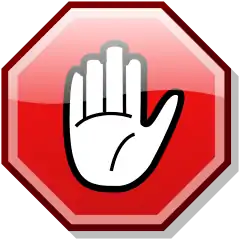SRD:Basics
The Basics
The Core Mechanic
Whenever you attempt an action that has some chance of failure, you roll a twenty-sided die (d20). To determine if your character succeeds at a task you do this:
- Roll a d20.
- Add any relevant modifiers.
- Compare the result to a target number.
If the result equals or exceeds the target number, your character succeeds. If the result is lower than the target number, you fail.
Dice
Dice rolls are described with expressions such as “3d4+3,” which means “roll three four-sided dice and add 3” (resulting in a number between 6 and 15). The first number tells you how many dice to roll (adding the results together). The number immediately after the “d” tells you the type of die to use. Any number after that indicates a quantity that is added or subtracted from the result.
d%
Percentile dice work a little differently. You generate a number between 1 and 100 by rolling two different ten-sided dice. One (designated before you roll) is the tens digit. The other is the ones digit. Two 0s represent 100.
Rounding Fractions
In general, if you wind up with a fraction, round down, even if the fraction is one-half or larger.
Exception: Certain rolls, such as damage and hit points, have a minimum of 1.
Multiplying
Sometimes a rule makes you multiply a number or a die roll. As long as you’re applying a single multiplier, multiply the number normally. When two or more multipliers apply to any abstract value (such as a modifier or a die roll), however, combine them into a single multiple, with each extra multiple adding 1 less than its value to the first multiple. Thus, a double (×2) and a double (×2) applied to the same number results in a triple (×3, because 2 + 1=3).
When applying multipliers to real-world values (such as weight or distance), normal rules of math apply instead. A creature whose size doubles (thus multiplying its weight by 8) and then is turned to stone (which would multiply its weight by a factor of roughly 3) now weighs about 24 times normal, not 10 times normal. Similarly, a blinded creature attempting to negotiate difficult terrain would count each square as 4 squares (doubling the cost twice, for a total multiplier of ×4), rather than as 3 squares (adding 100% twice).
Back to Main Page → 3.5e Open Game Content → System Reference Document

